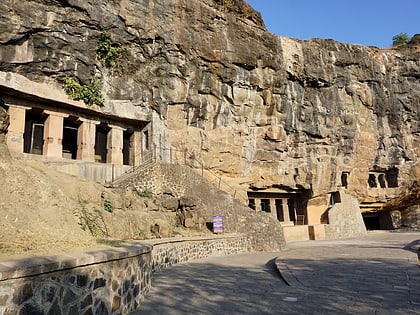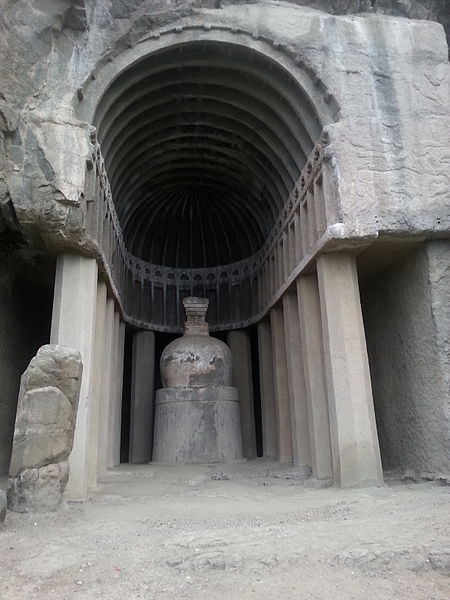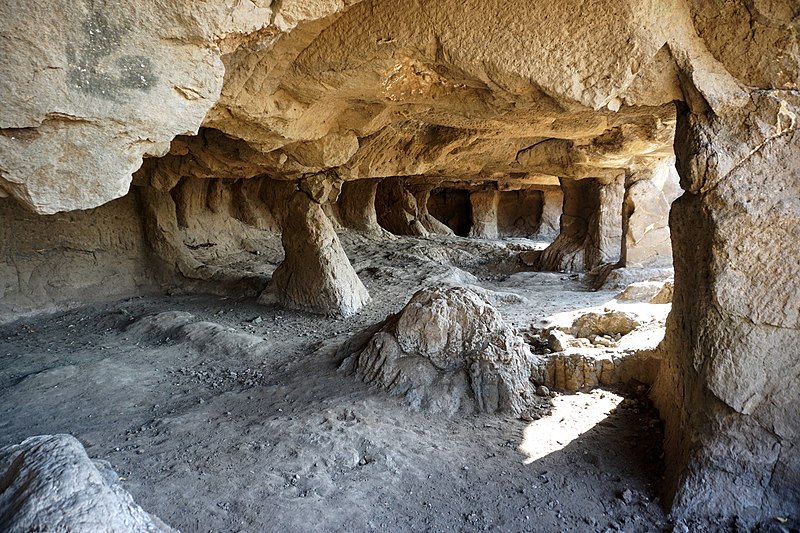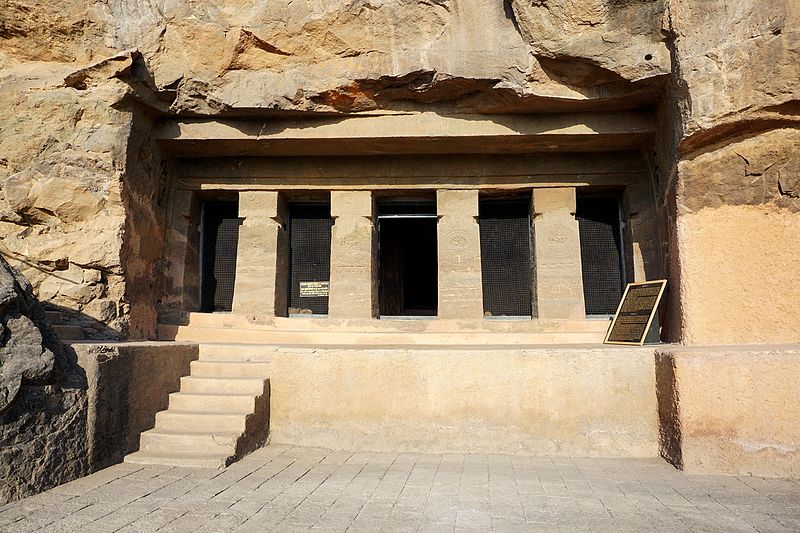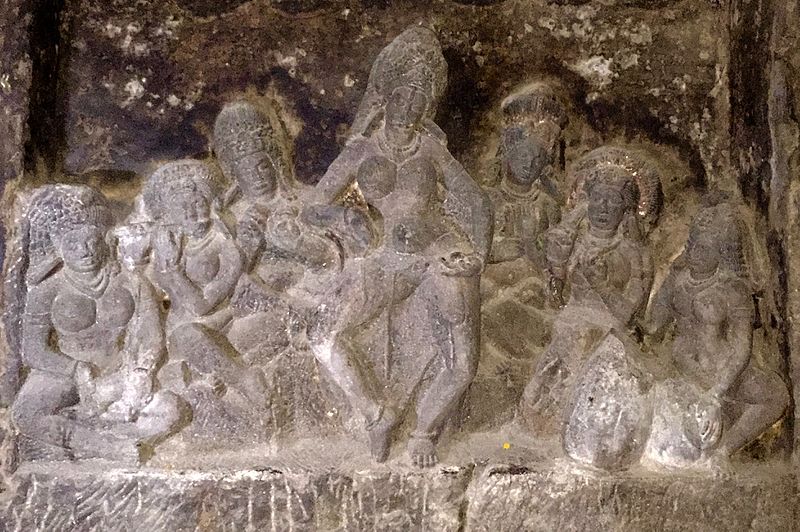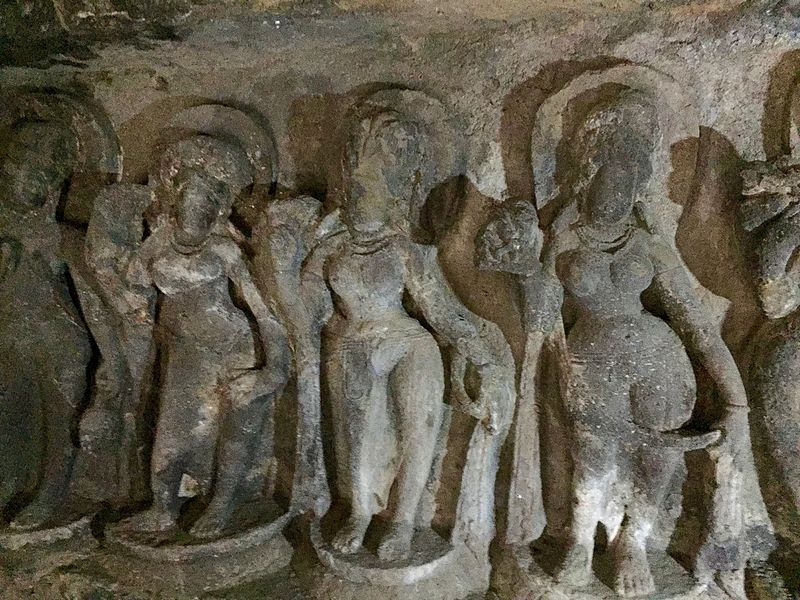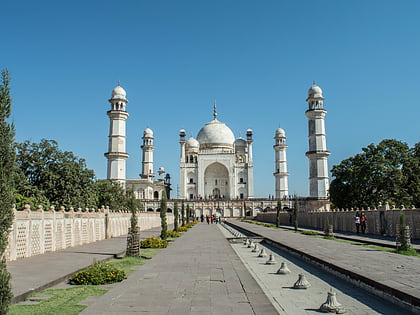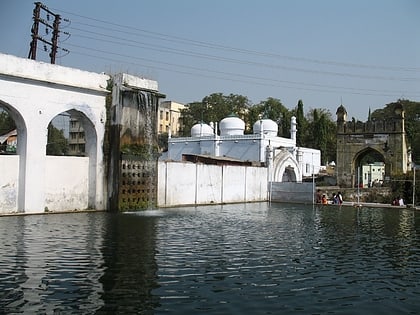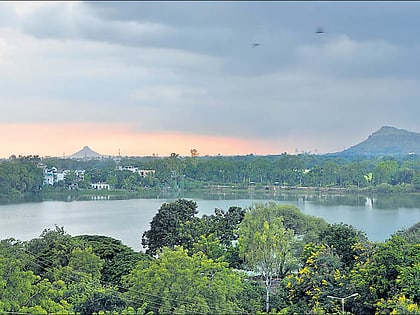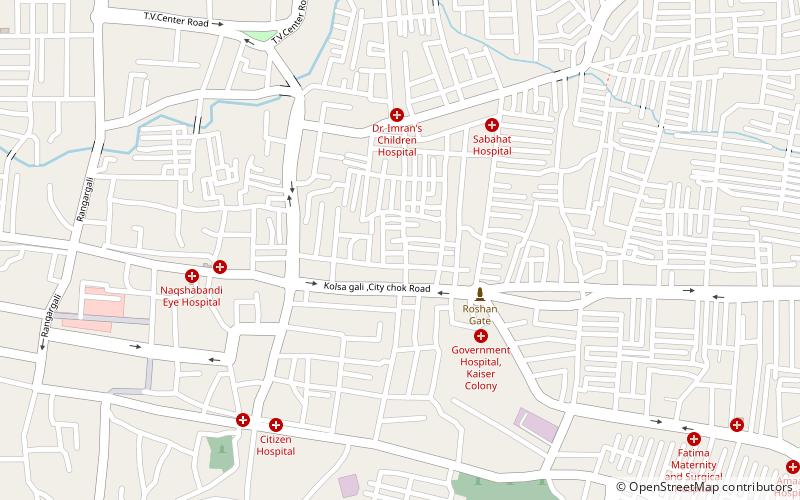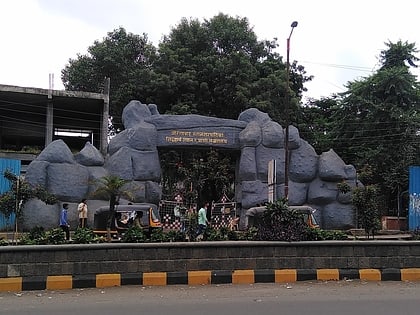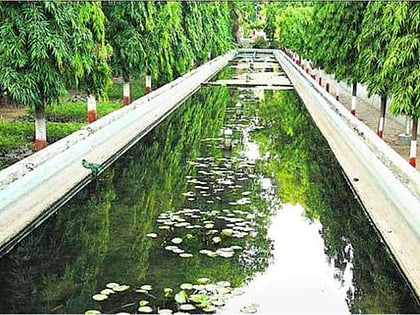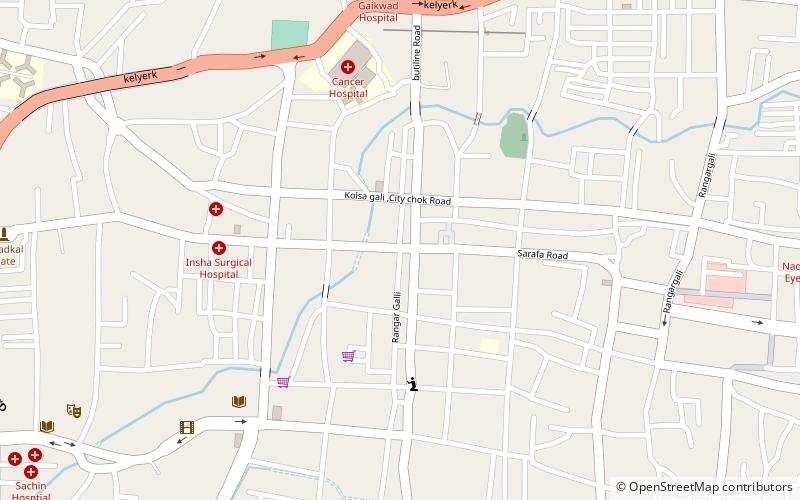Aurangabad Caves, Aurangabad
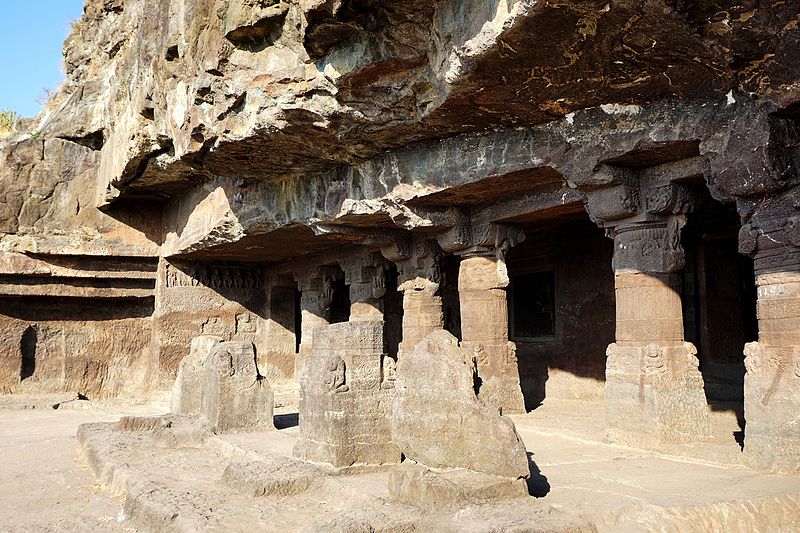
Facts and practical information
Nestled in the rocky terrains of the city of Aurangabad, India, the Aurangabad Caves stand as a testament to ancient Buddhist architectural finesse. These twelve rock-cut Buddhist shrines date back to the 6th and 7th centuries and are renowned for their remarkable sculptures and carvings. The caves are divided into three separate groups, scattered over the hillside and connected by a winding path that offers tourists a journey through history and spirituality.
The most notable among the caves is Cave 2, which houses an impressive shrine dedicated to Lord Buddha. It features a colossal statue of Buddha in the teaching pose, flanked by bodhisattvas and celestial nymphs. The artistry of the sculptures is a clear indicator of the Vakataka style of architecture and iconography, which has its roots in the Gupta period.
Another highlight is Cave 7, which boasts a unique feature—a large sculptural panel representing the "Saptamatrika" or the seven goddesses. This is a rare occurrence in Buddhist iconography, showcasing a syncretism of Buddhist and Hindu traditions.
Visitors to the Aurangabad Caves can also marvel at Cave 10, famously known as the "Carpenter's Cave." This cave gets its name from its ceiling that has been chiseled to give the appearance of wooden beams. The grand chaitya hall, with its arched entrances and vaulted interiors, is a sight to behold.
The caves are located just outside the city limits and are easily accessible by road. They are open to the public throughout the week, and a small entrance fee is charged for maintenance and preservation purposes. It is advisable for tourists to wear comfortable shoes as there is some walking and climbing involved to explore the site fully.
Aurangabad
Aurangabad Caves – popular in the area (distance from the attraction)
Nearby attractions include: Bibi Ka Maqbara, Prozone Mall, Prozone Mall Aurangabad, Panchakki.
